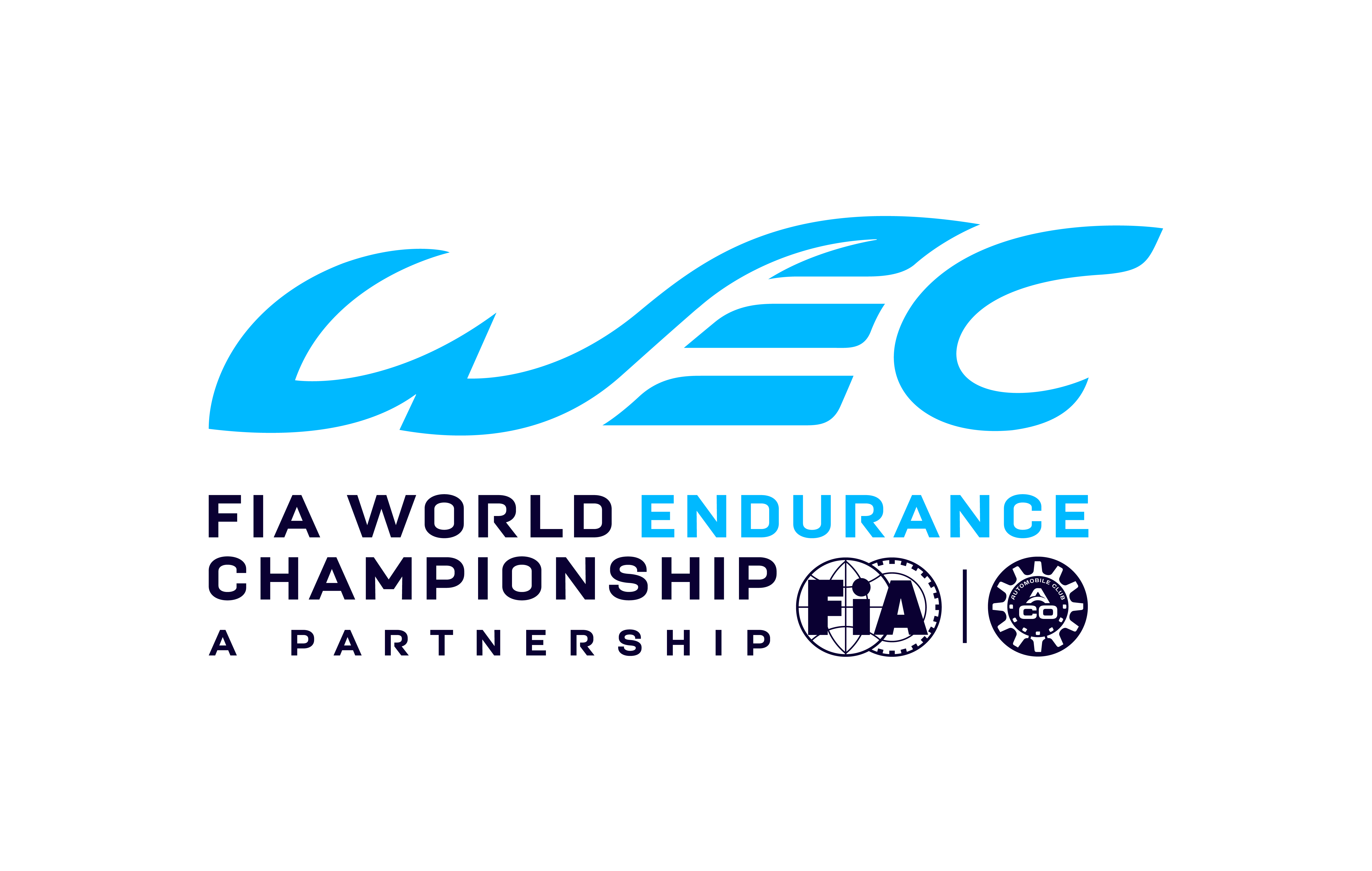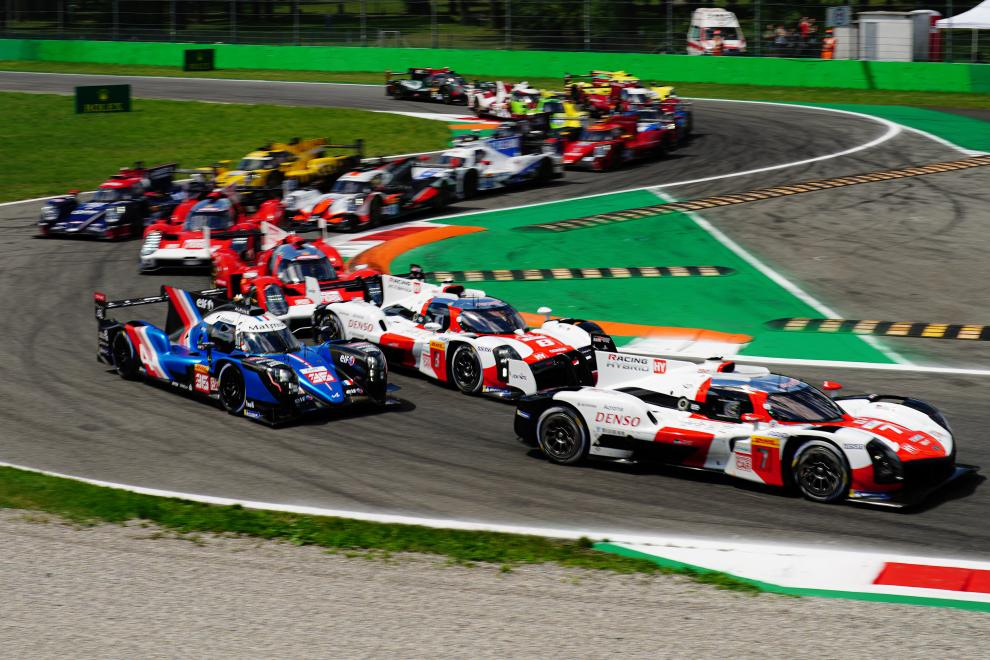
The 2022 season is a major landmark in the story of endurance racing in the modern era. This week at Sebring the series returns to where it began ten years ago...

A decade has passed since the FIA World Endurance Championship was founded, bringing elite competition between the great motor manufacturers of the world and the best privateer teams.
In total, since 2012, the FIA WEC has recorded 65 points-scoring races covering 606 hours of relentless action throughout the various classes across Europe, Asia, the Middle East, North America and South America.
From the outset, the WEC was born with a mission to promote real-world sustainability, adopting hybrid powertrains for its premier category, LMP1-H. Alongside the manufacturer cars came the LMP1 contenders entered by private teams without hybrid systems and the LMP2 class, giving a direct route in to the premier series for teams competing in regional competition such as the European Le Mans Series and Asian Le Mans Series.

As ever in endurance racing from its earliest days, production-based GT cars also form a significant part of each race, with LMGTE Pro and Am categories bringing together experienced professional drivers and talented amateur racers, competing with exotic supercars from Aston Martin, Corvette, Ferrari and Porsche. In addition to the core entry, high profile entries have been seen from guest programmes including Ford and Dodge.
In all classes of the WEC, the different engineering solutions of the teams have been successfully moderated by the Balance of Performance rules, enabling diesel and gasoline-fuelled cars to compete with parity in the prototype classes. The BoP has also helped to promote different hybrid solutions and, in the LMGTE classes, caters for cars with engines mounted both in front of and behind the driver of varying engine layouts that compete both with and without forced induction.

In 2017, the first major overhaul of the WEC competitive structure was achieved when the decision was made to retire the senior LMP1-H category in favour of the new Hypercar class, allowing manufacturers a wider palette of technology to draw upon starting with the 2021 season.
In addition, LMP2 was streamlined into a more cost-effective platform by adopting a single chassis and engine formula, with the Oreca 07 chassis powered by a 4.2-litre V8 racing engine from Gibson, bringing the elite level of the sport within reach of even more talented teams.

The response to Hypercar regulations has sparked a new boom in endurance racing among manufacturers in 2022-23. Hypercars from Glickenhaus and Toyota contested the inaugural season of the new format in 2021, they will return for 2022 to be joined by Peugeot during the six-round season. French marque Alpine also returns to the category in preparation for its first Hypercar programme. In 2023, these manufacturers will be joined by new manufacturer entries including Audi, Cadillac, Ferrari and Porsche, underlining the commitment of the world’s biggest automotive brands to the future of endurance racing.
For now, the WEC looks forward to the start of the new season, a return to the birthplace of the series and the start of another thrilling year of endurance racing at its best.
